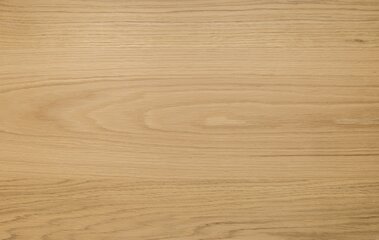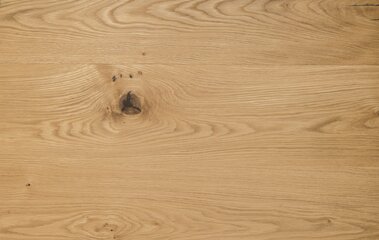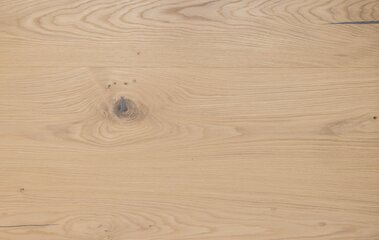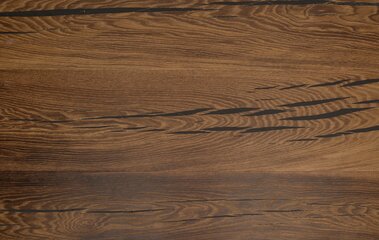

The Renovation Plank
The problem? Renovations, restorations, or modernizations often come with relatively low room heights. Every millimeter counts to achieve a high-quality result afterward. The floor structure plays a crucial role.
The solution: Our renovation plank, or also known as thin plank, has a total thickness of only 1.15 centimeter. Nevertheless, the thin plank possesses all the essential characteristics of our other mafi natural wood floors - a perfect solution without sacrificing quality.
Benefits & Characteristics
- low board thickness of only 11.5 mm
- High-quality construction with material-symmetrical counter-pull
- Widths of up to 160 mm
- Lengths of up to 2400 mm
- Oiled, air-dried surface
- Suitable for underfloor heating










Thin-Plank
Preserve the old and conserve resources – a mindset that has become increasingly important in today's world, and one that mafi has embodied for generations. More and more often, existing properties are being used for renovation, using high-quality building materials to optimize resource utilization. Challenges arise when it comes to existing floors and structures.
In many cases, existing floors lack the necessary height for installing high-quality parquet.
mafi's so-called thin planks are ideal for use in old building renovations with limited height due to their materials-symmetrical structure. The multi-layered plank construction ensures the highest quality with a total thickness of 11.5 mm. Both the top layer and the back layer are made from the same material, ensuring optimal stability thanks to this symmetry.








